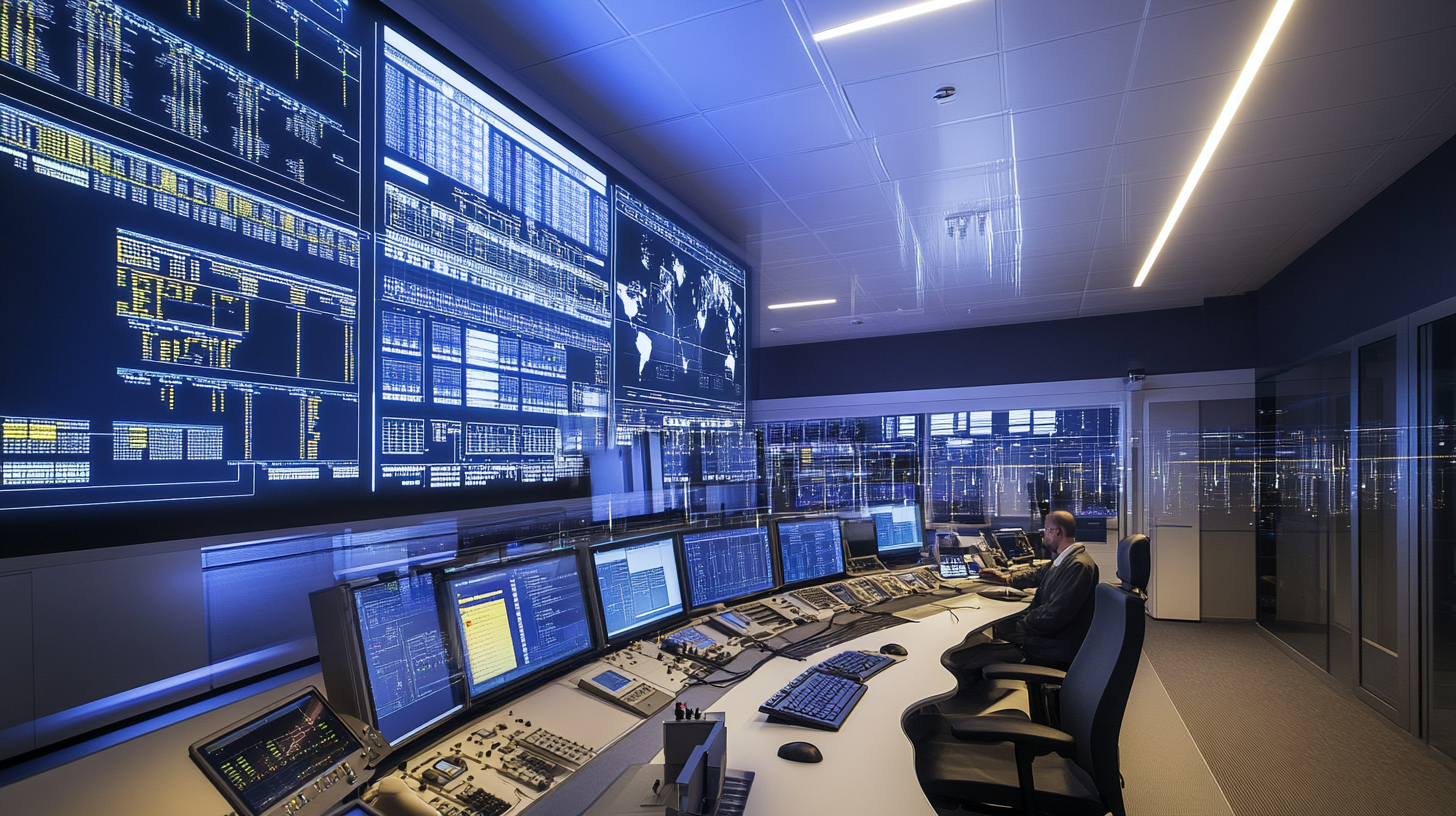
Tariff Comparison Rate Explained: A Simplified Guide for SMEs
Estimated reading time: 10 minutes
Key Takeaways
- Tariff Comparison Rate (TCR) simplifies energy tariff comparisons for SMEs.
- The TCR incorporates standing charges, unit rates, and discounts to provide a comprehensive cost overview.
- Using TCR helps businesses predict annual energy expenses and enhances pricing transparency.
- Simpler energy tariffs reduce complexity, making it easier for SMEs to manage energy costs effectively.
Table of contents
Navigating energy tariffs can feel daunting, particularly for small and medium enterprises (SMEs) striving to control their costs effectively. The Tariff Comparison Rate (TCR) promises to streamline this process, making it easier for businesses to compare energy deals and make informed choices. This blog post aims to explain the TCR, its significance, and other crucial tariff components, empowering SMEs to better understand their energy costs and explore more favorable options.
What is the Tariff Comparison Rate (TCR)?
Definition and Overview
The Tariff Comparison Rate (TCR) is a standardized tool introduced by Ofgem, the UK’s energy regulator, to simplify the comparison of energy tariffs. It provides a snapshot of the cost associated with energy use, specifically reflecting the price per kilowatt-hour (kWh). This rate incorporates not only the energy supply costs but also standing charges, discounts, and potential additional fees.
How is the TCR Calculated?
The TCR is computed based on the average energy consumption of a typical user, factoring in:
- Standing Charges: Daily fees for maintaining energy supply.
- Unit Rates: Price for each kWh of energy consumed.
- Discounts: Any reductions applied to the base rate.
While the TCR is expressed in pence per kWh and acts as the “APR” for energy tariffs, it’s essential to note that it assumes average use. This means it may not fully represent the actual consumption patterns of every business, particularly those with specific needs.
Why is the TCR Important?
With the TCR providing a singular comparable figure, it simplifies the evaluation of complex tariffs significantly. While it doesn’t replace comprehensive assessments of energy usage, it is an excellent starting point for comparing supplier offerings and determining cost-effectiveness. For a deeper understanding of how energy rates impact your business, refer to Business Electricity Rates UK: A Comprehensive Guide.
TCR for Businesses
Relevance for Business Energy Consumers
The relevance of TCR is especially pronounced for business energy consumers, particularly SMEs that face a wide range of energy costs and tariffs. The TCR helps operationalize and streamline the decision-making process by making it easier to compare offers from different suppliers. Understanding flexible options through Flexible Energy Contracts: How Businesses Can Save on Energy Costs and Optimize Usage can further enhance your tariff comparison.
Benefits of Using the TCR
Utilizing the TCR can offer several benefits for SMEs:
- Quick Supplier Comparison: Identify the most cost-effective suppliers quickly.
- Cost Prediction: Helps forecast annual expenses under different tariffs.
- Increased Transparency: Encourages clear pricing from energy suppliers, which can lead to better negotiations.
TCR in Action
For example, let’s consider an SME that is considering switching from a variable tariff to a fixed tariff. By utilizing the TCR, they can make an informed decision based on potential savings indicated by the TCR, particularly if their energy consumption is stable and predictable. This switch could lead to significant savings by protecting against market fluctuations commonly seen with variable tariffs.
Understanding Standing Charges, Unit Rates, and Daily Fees
Key Components of Energy Tariffs
Understanding various components of energy tariffs can help SMEs make informed decisions. Key terms include:
- Standing Charges: These are fixed costs associated with maintaining the energy supply, regardless of how much energy is consumed.
- Unit Rates: This is the charge per kilowatt-hour (kWh) of energy consumed. It reflects the variable portion of energy costs.
- Daily Fees: Additional charges that may be added to specific tariffs, often tied to premium services or unique tariff structures.
For more insights on managing non-commodity charges, check out Non-Commodity Energy Charges Explained: A Comprehensive Guide for Business Leaders.
Impact on Overall Costs
When analyzing energy tariffs, high standing charges can make particular tariffs less appealing for businesses with lower energy consumption. Conversely, competitive unit rates may benefit high-consumption operations. Therefore, it is crucial for SMEs to analyze these components based on their energy profiles to minimize overall costs while ensuring optimal service.
Making Sense of Complex Tariffs
Challenges in the Energy Market
One significant challenge facing SMEs is the variety of energy tariff structures available. These can include fixed, variable, and bespoke contracts, each with its specific pricing model. Understanding these differences is vital to avoid mistakes that could result in higher expenditures.
Tips for Simplifying Energy Tariffs
Here are some practical tips to decode the complexity of energy tariffs:
- Use TCR as a Starting Point: The TCR is a valuable initial reference for comparing tariffs.
- Request Tailored Quotes: Seek out quotes that reflect your actual usage patterns instead of generic estimates.
- Beware of Hidden Costs: Always check for potential hidden fees or terms that could affect your total costs. This is a common pitfall many businesses encounter when switching. Additionally, implementing strategies from How Businesses Can Save on Energy Bills: Strategies for Cost Reduction and Efficiency can further aid in managing energy expenses.
How TCR Affects Switching Decisions
Role of TCR in Decision-Making
The TCR plays a critical role in how businesses assess whether to switch their energy providers. It can serve as a benchmark to evaluate financial implications, helping SMEs understand the potential savings involved in switching.
Factors to Consider When Switching
Several essential elements should be weighed when considering a switch to a new energy provider:
- Regional Price Variations: Energy prices can differ significantly by region, impacting overall costs.
- Total Cost of Ownership: Ensure that you assess all aspects of a potential new tariff, including total costs and potential savings.
- Service Quality: Evaluate not just the pricing, but also customer service and reliability to avoid switching to a subpar provider.
Evaluating a Switch
When evaluating potential switches based on TCR metrics, ensure alignment with both your financial and operational needs. Compare the TCR across various providers and factor in elements such as any exit fees or contract terms that may affect your ultimate decision.
Simpler Energy Tariffs for SMEs
The Move Towards Simplicity
To mitigate confusion, regulatory bodies such as Ofgem are encouraging providers to develop clearer and more transparent energy tariffs. These simpler energy tariffs cater specifically to the needs of SMEs, often including TCR or straightforward fixed-rate models. For businesses looking to renew their energy sources, Energy to Business renewing your business energy offers valuable guidance.
Benefits of Simpler Tariffs
- More Transparent Pricing: Clearer tariff structures enhance transparency and predictability in energy costs.
- Reduced Complexity: Minimizing elements like standing charges can appeal to businesses with fluctuating energy needs, making it easier to understand costs.
Examples in Practice
For instance, a supplier may offer an SME-focused fixed tariff with clear terms and lower standing charges. By utilizing TCR in these situations, businesses can better understand the value of the tariff propositions.
Frequently Asked Questions
- What is the Tariff Comparison Rate (TCR)?
- The TCR is a standardized rate that simplifies the comparison of energy tariffs by reflecting the total cost per kilowatt-hour, including standing charges and discounts.
- How does the TCR benefit SMEs?
- The TCR allows SMEs to quickly compare different energy suppliers, predict annual expenses, and enhance pricing transparency, aiding in more informed decision-making.
- Can the TCR accurately represent my business’s energy usage?
- While the TCR is based on average energy consumption, it may not fully reflect specific usage patterns. It’s advisable to assess your actual energy needs when making comparisons.
- Are there hidden fees I should be aware of when switching tariffs?
- Yes, some tariffs may include additional fees or terms. Always review the full tariff details and consider potential hidden costs before making a switch.
- How can I ensure I’m getting the best tariff for my SME?
- Utilize the TCR as a starting point, request tailored quotes based on your actual energy usage, and be mindful of both pricing and service quality to ensure you select the most suitable tariff.
Have you recently switched energy providers? Share your experiences and insights in the comments below! Don’t forget to subscribe to our blog for continuous updates and actionable insights on energy rates and ways to save on costs.












